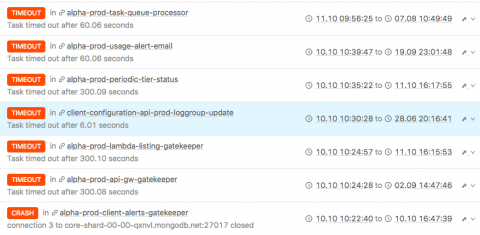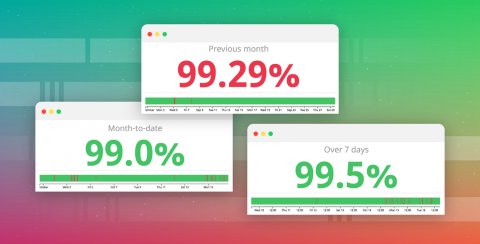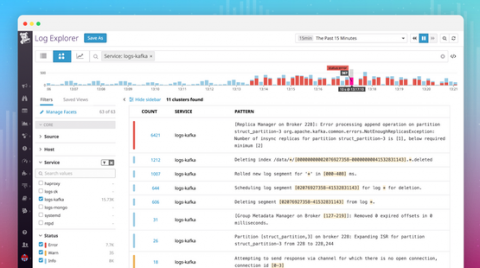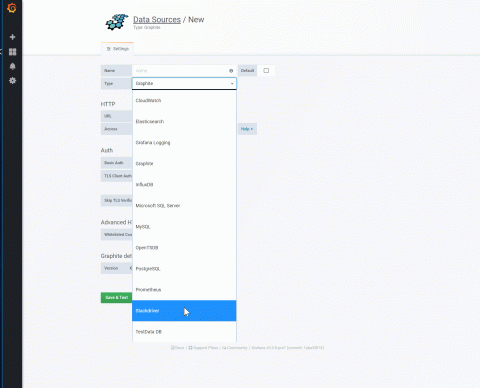Blue-Green Deployment Strategies for PCF Microservices
Blue-green deployment is a well-known pattern for updating software components by switching between simultaneously available environments or services. The context in which a blue-green deployment strategy is used can vary from switching between data centers, web servers in a single data center, or microservices in a Pivotal Cloud Foundry (PCF) deployment.











